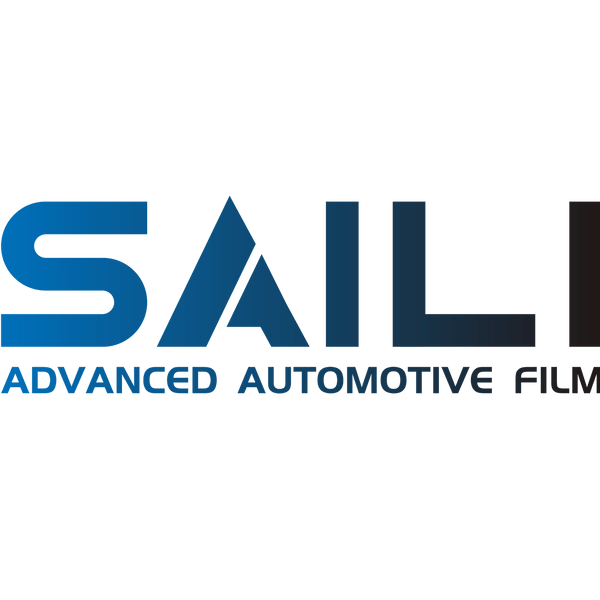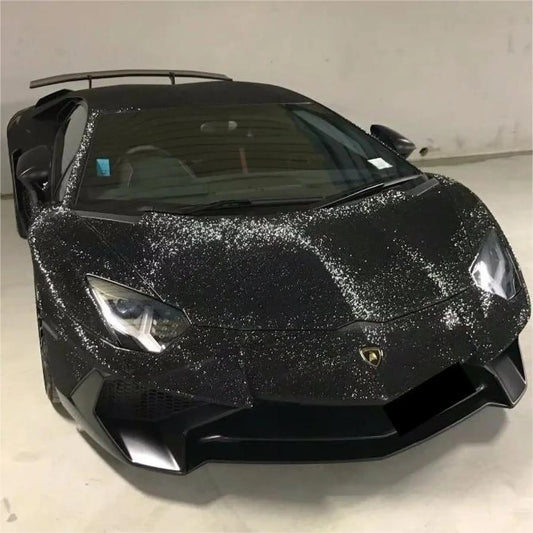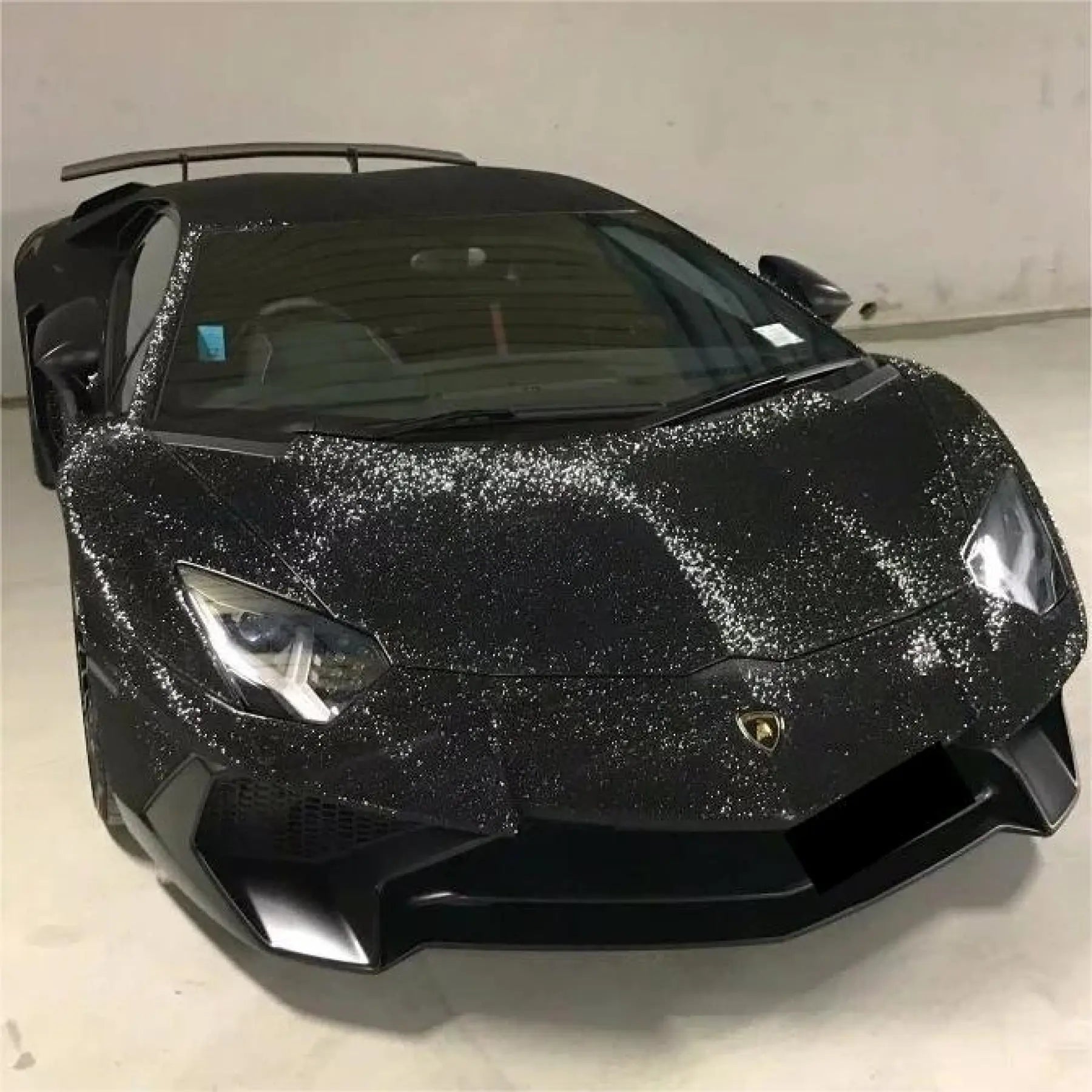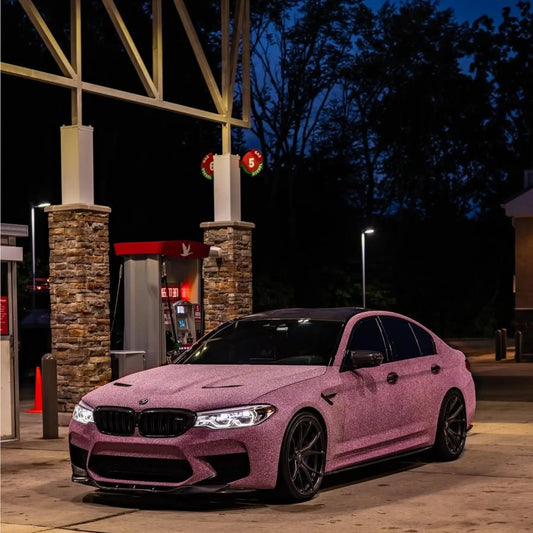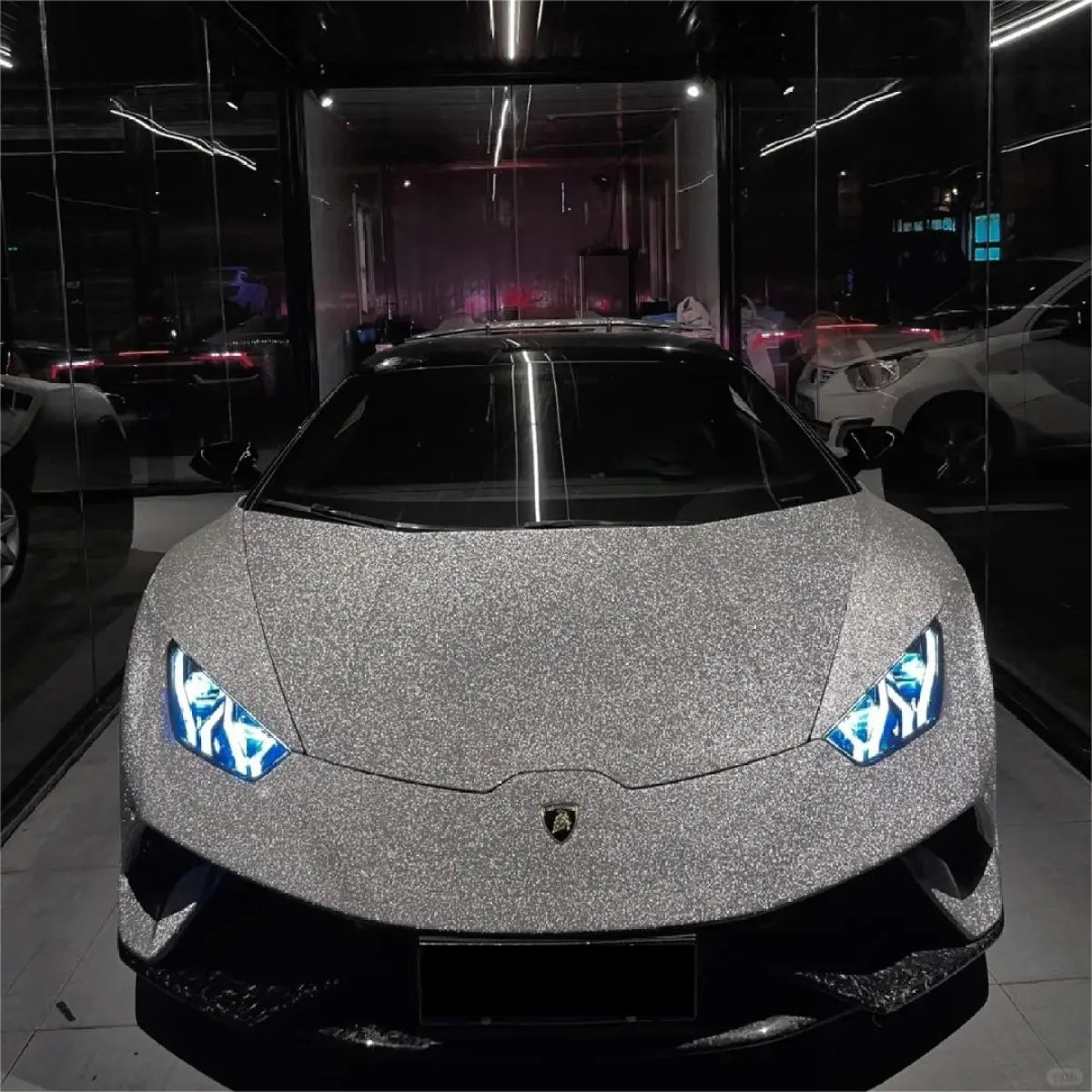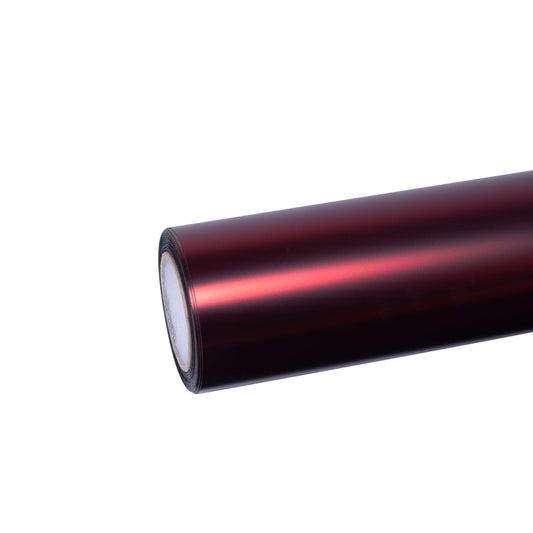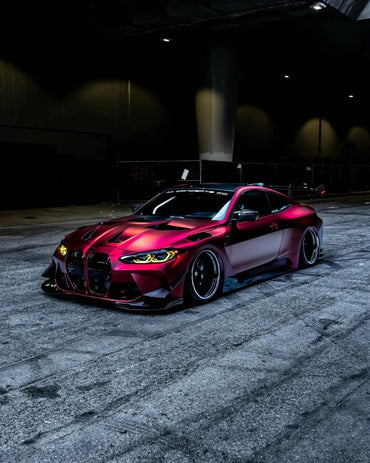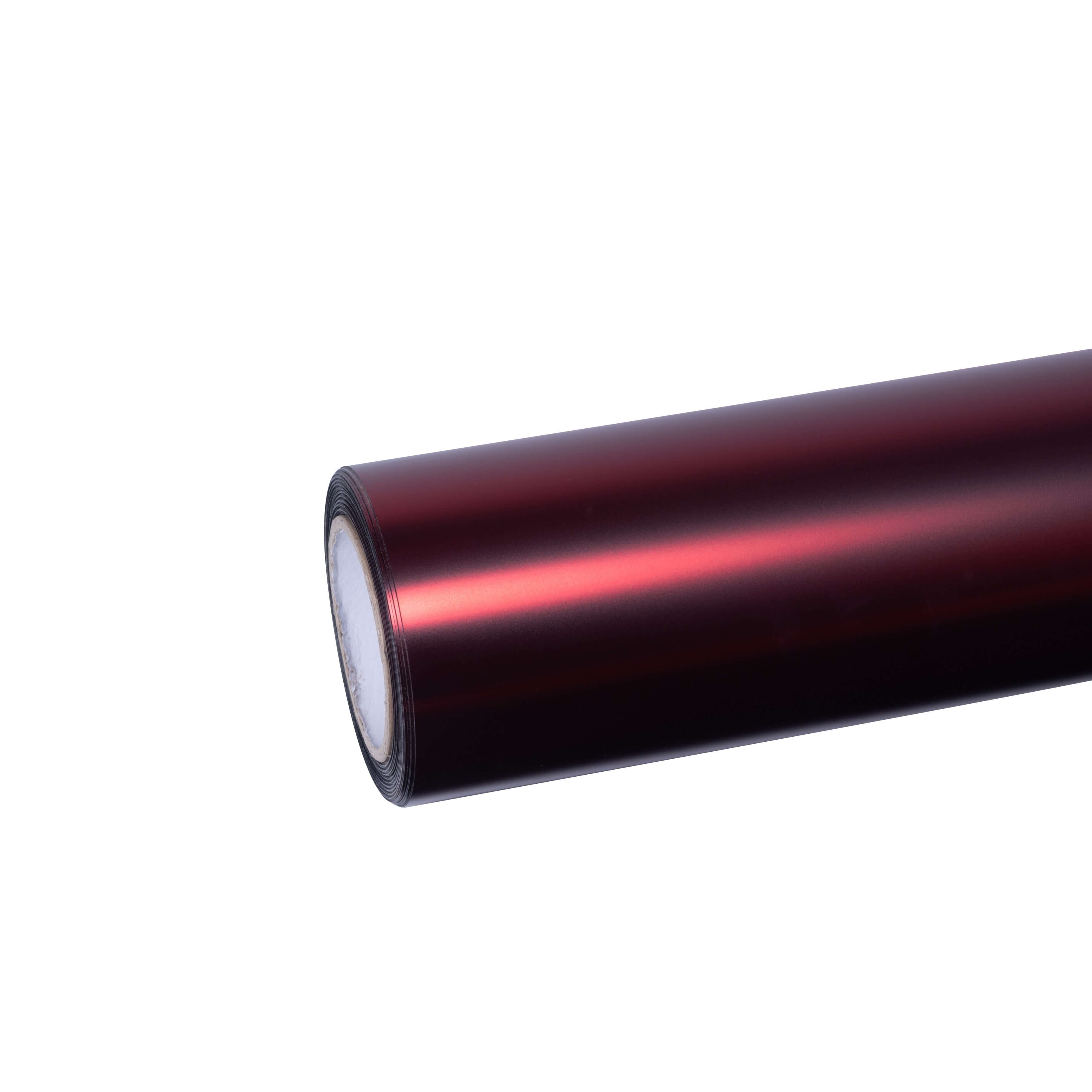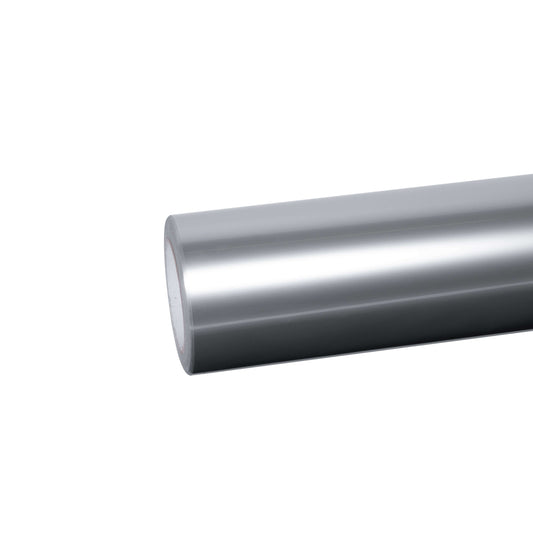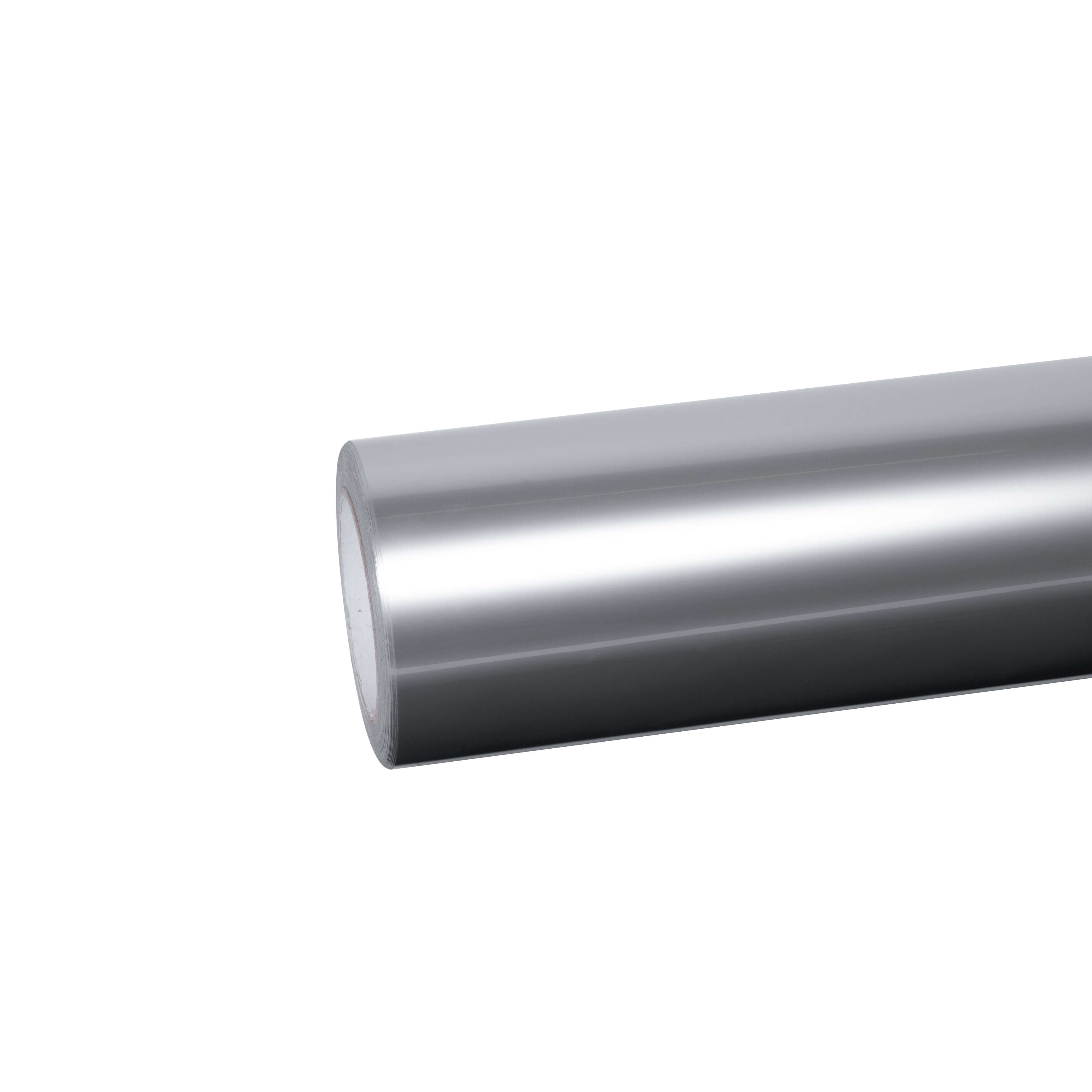Understanding Paint Protection: Why Your Car Needs It
Your vehicle's paint faces constant threats from the environment. Rock chips from highway driving, bird droppings containing acidic compounds, UV rays causing oxidation, and harsh weather conditions all work together to damage your car's finish. According to recent automotive industry data, vehicles with proper paint protection maintain up to 85% better resale value compared to unprotected cars.
The global paint protection market is experiencing significant growth, with thermoplastic polyurethane films leading the charge due to their superior protective qualities. This surge reflects increasing consumer awareness about vehicle maintenance and the long-term benefits of professional-grade protection solutions.
What is Paint Protection Film (PPF)?
Paint protection film, commonly known as "clear bra," is a thermoplastic urethane film applied to your vehicle's painted surfaces. Originally developed for military applications to protect helicopter rotor blades during the Vietnam War, this technology has evolved into one of the most effective automotive protection solutions available today.
How PPF Works
Modern paint protection films like SailiFilm's TPU Paint Protection Wrap create a sacrificial barrier between your car's paint and the outside world. The multi-layered construction includes a clear top coat, a protective urethane layer, and an adhesive backing that bonds to your vehicle's surface.
Key Features of Paint Protection Film
Self-Healing Technology High-quality TPU films possess remarkable self-healing properties. When exposed to heat from the sun or warm water, minor scratches and swirl marks disappear, restoring the film's smooth surface. This innovative feature keeps your vehicle looking pristine with minimal maintenance.
Impact Resistance PPF excels at absorbing physical damage. The thick, elastic material can withstand rock chips, road debris, and minor abrasions that would otherwise damage your paint. This makes it ideal for high-impact areas like the front bumper, hood, and fenders.
UV Protection SailiFilm's Colored Paint Protection Film blocks harmful UV rays that cause paint fading and oxidation. This protection is particularly valuable for vehicles in sunny climates or those parked outdoors regularly.
Optical Clarity Premium PPF maintains exceptional transparency, allowing your vehicle's original color and finish to shine through without distortion. Unlike older vinyl protection products, modern films are virtually invisible when properly installed.
PPF Application Areas
Professional installers typically recommend full-front coverage or strategic placement on vulnerable areas:
- Front bumper and grille
- Hood and fenders
- Side mirrors
- Door edges and handles
- Rocker panels
- Rear bumper and trunk ledge
For those seeking both protection and style transformation, SailiFilm offers specialized collections including Rainbow Laser Vinyl Wrap and Liquid Chrome Wrap that combine aesthetic enhancement with protective benefits.
PPF Longevity and Maintenance
Quality paint protection films typically last 5-10 years with proper care. Regular washing with pH-neutral car shampoo and avoiding harsh chemicals helps maintain the film's appearance and protective properties. Many premium films come with warranties covering yellowing, cracking, and peeling.
Cost Considerations
Professional PPF installation ranges from $1,500 for partial front coverage to $8,000+ for full-vehicle wraps. While the upfront investment is substantial, the long-term benefits include preserved paint condition, maintained resale value, and reduced repair costs.
Understanding Ceramic Coating
Ceramic coating represents a different approach to paint protection. This liquid polymer chemically bonds with your vehicle's factory paint, creating a semi-permanent protective layer at the molecular level.
How Ceramic Coating Works
The coating contains silicon dioxide (SiO2) nanoparticles that create a hard, transparent shell over your paint. Unlike wax that sits on top of the clear coat, ceramic coating forms chemical bonds that become part of the paint surface itself, according to automotive coating research.
Ceramic Coating Benefits
Hydrophobic Properties One of ceramic coating's most noticeable features is its water-repelling effect. Water beads up and rolls off the surface, carrying dirt and contaminants with it. This self-cleaning property makes car washing significantly easier and less frequent.
Enhanced Gloss Ceramic coatings amplify your paint's depth and shine, creating a mirror-like finish. The enhanced gloss gives vehicles a showroom appearance that traditional wax cannot match in terms of intensity and longevity.
Chemical Resistance The hardened surface provides excellent protection against acidic contaminants like bird droppings, tree sap, and acid rain. The coating prevents these substances from etching into your paint, which is a common cause of permanent damage.
UV and Oxidation Protection Similar to PPF, ceramic coatings block UV rays that cause paint fading. The chemical resistance also prevents oxidation, keeping your paint vibrant for years.
Ease of Maintenance Dirt, grime, and water spots have difficulty bonding to ceramic-coated surfaces. Most contaminants can be removed with a simple rinse, and the coating eliminates the need for regular waxing.
Ceramic Coating Limitations
While ceramic coating offers impressive benefits, it has notable limitations:
Minimal Impact Protection Ceramic coatings are measured in microns and provide virtually no defense against physical damage like rock chips, scratches, or door dings. The coating may reduce light scratching from improper washing but won't prevent impact damage.
Application Complexity Proper ceramic coating application requires extensive paint preparation, including paint correction to remove existing imperfections. The curing process demands controlled environmental conditions, making professional installation essential for optimal results.
Cost and Downtime Professional ceramic coating services range from $1,000 to $3,000 depending on the product and preparation required. The process typically takes 2-5 days, as the coating needs time to cure properly.
Ceramic Coating Durability
Quality ceramic coatings last 2-5 years, with some professional-grade products claiming up to 7 years of protection. However, annual maintenance treatments and proper washing techniques are necessary to maintain peak performance.
Traditional Car Wax: The Classic Approach
Car wax has been the standard paint protection method for decades. Made from natural carnauba wax or synthetic polymers, it provides a temporary protective layer with distinct characteristics.
How Car Wax Works
Wax sits on top of your car's clear coat as a sacrificial barrier. When applied correctly, it fills minor imperfections in the paint surface and creates a warm, deep glow that many car enthusiasts love.
Advantages of Car Wax
Classic Wet-Look Shine Carnauba wax produces a distinctive warm, deep glow that differs from the glass-like finish of ceramic coatings. Many collectors and show car owners prefer this traditional appearance.
Ease of Application Unlike PPF and ceramic coating, wax application requires minimal preparation and can be completed by most car owners. The forgiving nature of wax makes it accessible for DIY enthusiasts.
Affordability Wax represents the most budget-friendly protection option, with quality products available for $20-$100. This makes it accessible to all vehicle owners regardless of budget.
Reversible Protection Wax can be easily removed and reapplied, allowing flexibility in your protection strategy. If you're unhappy with the results, simply wash it off and try a different product.
Wax Limitations
Limited Durability Even the best carnauba wax typically lasts only 4-8 weeks before requiring reapplication. Environmental factors like rain, sun exposure, and automated car washes accelerate degradation.
Minimal Protection Wax provides basic protection against UV rays and light contaminants but offers virtually no defense against physical damage, strong chemicals, or environmental etching.
Labor Intensive Maintaining wax protection requires monthly or bi-monthly applications. For car owners seeking low-maintenance solutions, this frequent reapplication becomes burdensome.
Heat Sensitivity In hot climates or during summer months, wax can soften and lose effectiveness. High temperatures may cause the wax to become sticky or even melt, leaving streaks and reducing protection.
Head-to-Head Comparison
Protection Level
Physical Damage Protection:
- PPF: Excellent - Best defense against rock chips, scratches, and abrasions
- Ceramic Coating: Poor - Minimal impact resistance
- Wax: Very Poor - No meaningful physical protection
Chemical Protection:
- PPF: Excellent - Resists acids, salts, and contaminants
- Ceramic Coating: Excellent - Superior chemical resistance
- Wax: Fair - Basic protection from mild contaminants
UV Protection:
- PPF: Excellent - Blocks harmful UV rays
- Ceramic Coating: Excellent - Prevents UV damage and fading
- Wax: Good - Provides moderate UV protection
Durability and Longevity
The lifespan differences are substantial:
- Paint Protection Film: 5-10 years with proper maintenance
- Ceramic Coating: 2-5 years (professional grade)
- Car Wax: 4-8 weeks per application
Appearance and Finish
Each option delivers a distinct aesthetic:
PPF maintains your vehicle's original appearance while adding protection. Options like SailiFilm's Ultra Matte Wrap or Glitter Sparkle Car Wrap allow you to transform your vehicle's look while adding protection.
Ceramic Coating creates an ultra-glossy, glass-like finish with intense depth and reflection. The hydrophobic properties also create dramatic water-beading effects.
Wax produces a warm, natural glow with good depth. Traditional carnauba wax offers an organic appearance that many purists prefer over synthetic products.
Maintenance Requirements
PPF Maintenance:
- Wash with pH-neutral soap
- Avoid harsh chemicals and abrasive materials
- Apply heat for self-healing of minor scratches
- Optional: Apply spray sealant every 3-6 months
Ceramic Coating Maintenance:
- Wash with pH-neutral, ceramic-safe products
- Avoid automated car washes with harsh chemicals
- Annual maintenance treatments recommended
- Proper washing technique essential to maintain hydrophobic properties
Wax Maintenance:
- Reapply every 4-8 weeks
- Clay bar treatment before each application
- Use dedicated wax-removal products as needed
- Regular washing between applications
Cost Analysis
Initial Investment:
- Full PPF: $5,000-$12,000
- Partial PPF (front coverage): $1,500-$3,500
- Professional Ceramic Coating: $1,000-$3,000
- DIY Ceramic Coating: $50-$200
- Car Wax: $20-$100
Long-Term Value: When calculating cost per year of protection, PPF often provides the best value for vehicles exposed to harsh conditions. A $6,000 PPF installation lasting 7 years costs approximately $857 annually, while monthly waxing at $30 per application totals $360 yearly but provides significantly less protection.
The Hybrid Approach: Combining Protection Methods
Many automotive protection professionals recommend combining technologies for optimal results. The most effective combination involves PPF covered with ceramic coating.
Why Combine PPF and Ceramic Coating?
This hybrid approach provides comprehensive protection:
- PPF handles physical threats like rock chips and scratches
- Ceramic Coating adds chemical resistance and hydrophobic properties
- Together they create maximum protection with minimal maintenance
The ceramic coating applied over PPF also makes the film easier to clean and enhances its gloss. Water and dirt slide off even more effectively, and the self-healing properties of the PPF remain functional underneath.
Installation Sequence
For the hybrid approach:
- Thoroughly prepare and correct the vehicle's paint
- Install paint protection film on vulnerable areas
- Allow PPF to cure completely (typically 24-48 hours)
- Apply ceramic coating over the PPF and remaining painted surfaces
- Allow ceramic coating to cure according to manufacturer specifications
This combination typically costs $7,000-$15,000 for full vehicle coverage but provides the ultimate protection package for high-value or collectible vehicles.
Which Protection is Right for You?
Choose Paint Protection Film If:
- Your vehicle faces high-impact threats (highway driving, gravel roads)
- You want long-term protection with minimal maintenance
- Resale value preservation is a priority
- Your vehicle is new or has pristine paint
- You're considering a color or finish change
SailiFilm's diverse product range makes PPF accessible for various needs and budgets. From 3D Carbon Fiber Wrap for sporty accents to Metallic Vinyl Wrap for complete transformations, there's a solution for every vehicle owner.
Choose Ceramic Coating If:
- You prioritize ease of cleaning and maintenance
- Your vehicle is garaged and faces minimal physical threats
- You want enhanced gloss and water-beading effects
- Chemical protection is your main concern
- Budget is moderate but you want better protection than wax
Choose Car Wax If:
- You're on a tight budget
- You enjoy the hands-on detailing process
- Your vehicle is primarily garage-kept
- You prefer the traditional warm glow of carnauba
- You want a reversible, temporary protection option
Consider the Hybrid Approach If:
- You own a luxury, exotic, or collectible vehicle
- Maximum protection is worth the investment
- Your vehicle faces diverse threats (both physical and chemical)
- You want the absolute best resale value preservation
- Long-term cost-per-year value is most important
Installation Considerations
Professional vs. DIY
Paint Protection Film requires professional installation. The material is unforgiving, and mistakes are costly. However, SailiFilm provides Sample Kits and Wrapping Tools for those who want to attempt smaller projects or practice before tackling larger applications.
Ceramic Coating can be applied at home with careful preparation, though professional results are superior. DIY kits offer significant cost savings but require patience and attention to detail.
Car Wax is entirely DIY-friendly and forgiving of application errors, making it the most accessible option for beginners.
Making Your Decision
The choice between paint protection film, ceramic coating, and wax ultimately depends on your specific circumstances, vehicle use, and priorities.
For most vehicle owners seeking serious protection, paint protection film offers the best balance of defense, durability, and value. The initial investment pays dividends through preserved paint quality and maintained resale value. SailiFilm's collections, including Crystal Vinyl Wrap and Dual Color Dream Vinyl Wrap, demonstrate how protection and personalization can work together.
Those prioritizing convenience and chemical protection will find ceramic coating appealing, especially for garage-kept vehicles or those in mild climates. The reduced maintenance burden and exceptional gloss make it a practical middle-ground solution.
Traditional car wax remains relevant for collectors, show car owners, and those who enjoy the meditative process of hand-caring for their vehicles. While it requires frequent reapplication, the classic appearance and low cost maintain its place in automotive care.
The Future of Paint Protection
The automotive protection industry continues evolving with new technologies. Self-healing TPU films are becoming more effective, ceramic coating formulations are improving in durability, and hybrid products combining multiple technologies are emerging in the market.
Understanding the distinct advantages and limitations of each protection method empowers you to make the right choice for your vehicle. Whether you select paint protection film from SailiFilm's extensive Best Sellers collection, invest in professional ceramic coating, or maintain your vehicle with traditional wax, proper protection preserves your investment and keeps your car looking its best for years to come.
For more information about choosing the right paint protection solution or to explore SailiFilm's complete Car Vinyl Wrap collection, visit our website or consult with a certified installation professional in your area.
